RUNNING DRY
In Los Angeles 'water colony', tribes fear a parched future
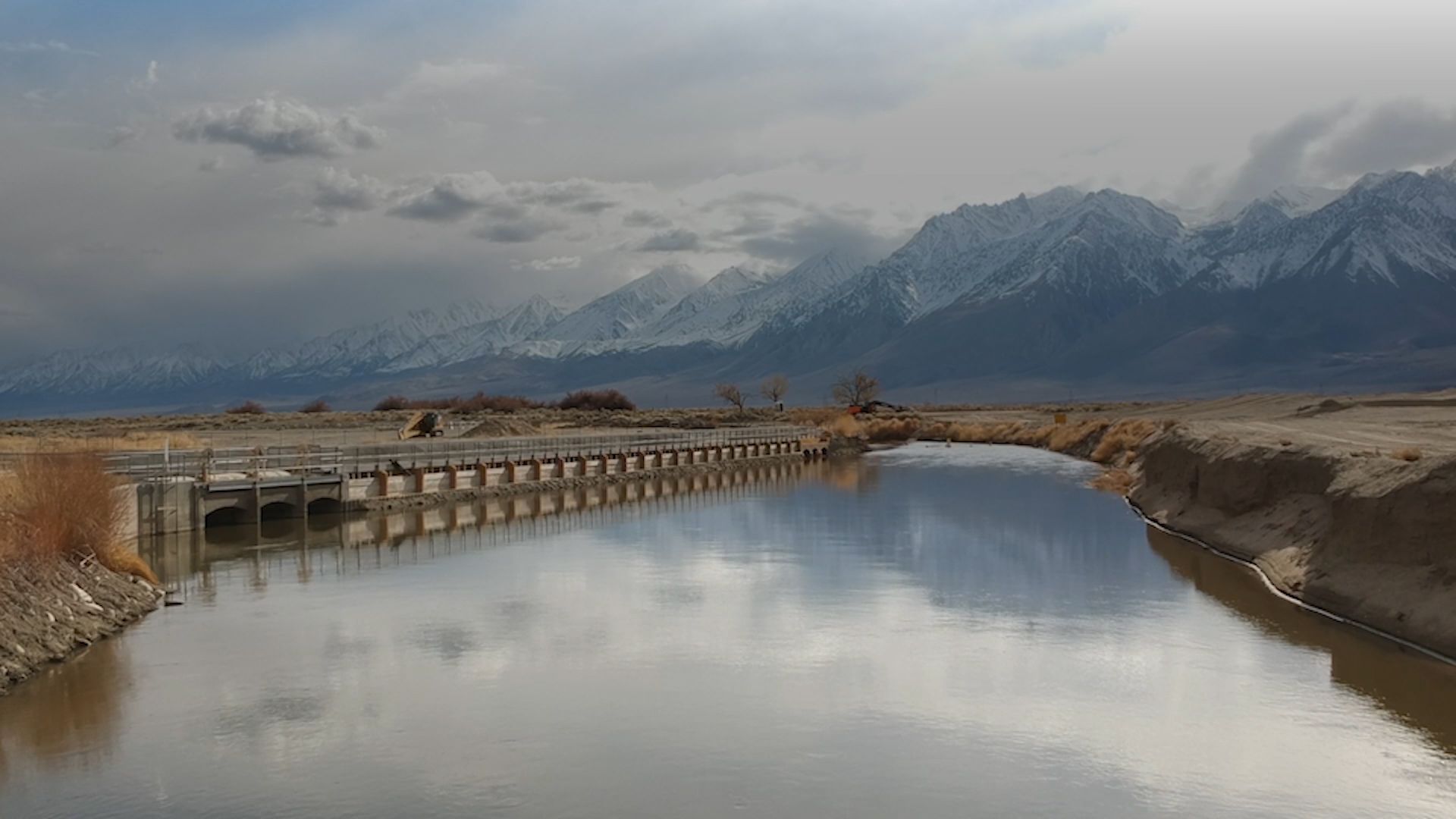
When the first white settlers arrived in California's remote eastern Owens Valley, the name given to its indigenous tribes was Paiute - and their land was Payahuunadu or "land of flowing water" in the local language.
But for more than a century, the water in the valley has flowed in just one direction: toward Los Angeles, nearly 300 miles (480 km) away.
In the early 1900s, the Los Angeles Department of Water and Power (LADWP) quietly bought up broad swathes of ranchland and its associated water rights in the once-lush valley, fringed by snow-capped peaks.

Today, Los Angeles owns more than a quarter million acres in Inyo County, at the valley's heart - more than half of all land that doesn't belong to the state or national government.
The snowmelt that once fed pear orchards and alfalfa fields gushes through an aqueduct into Los Angeles taps and swimming pools.
The aqueduct paved the way for the city's expansion from a middling city of just over 300,000 people in 1910 to a still-mushrooming metropolis of 4 million today, historians say.
But the Owens Valley, now studded with sagebrush, "has been transformed into a desert", said Alan Bacock, water program coordinator for the valley's Big Pine Paiute tribe, which is struggling to access enough water to keep its economy alive.
"We're a resource colony for Los Angeles," he said. "We are impacted by the decisions made in Los Angeles, and really have no ability to influence those decisions."


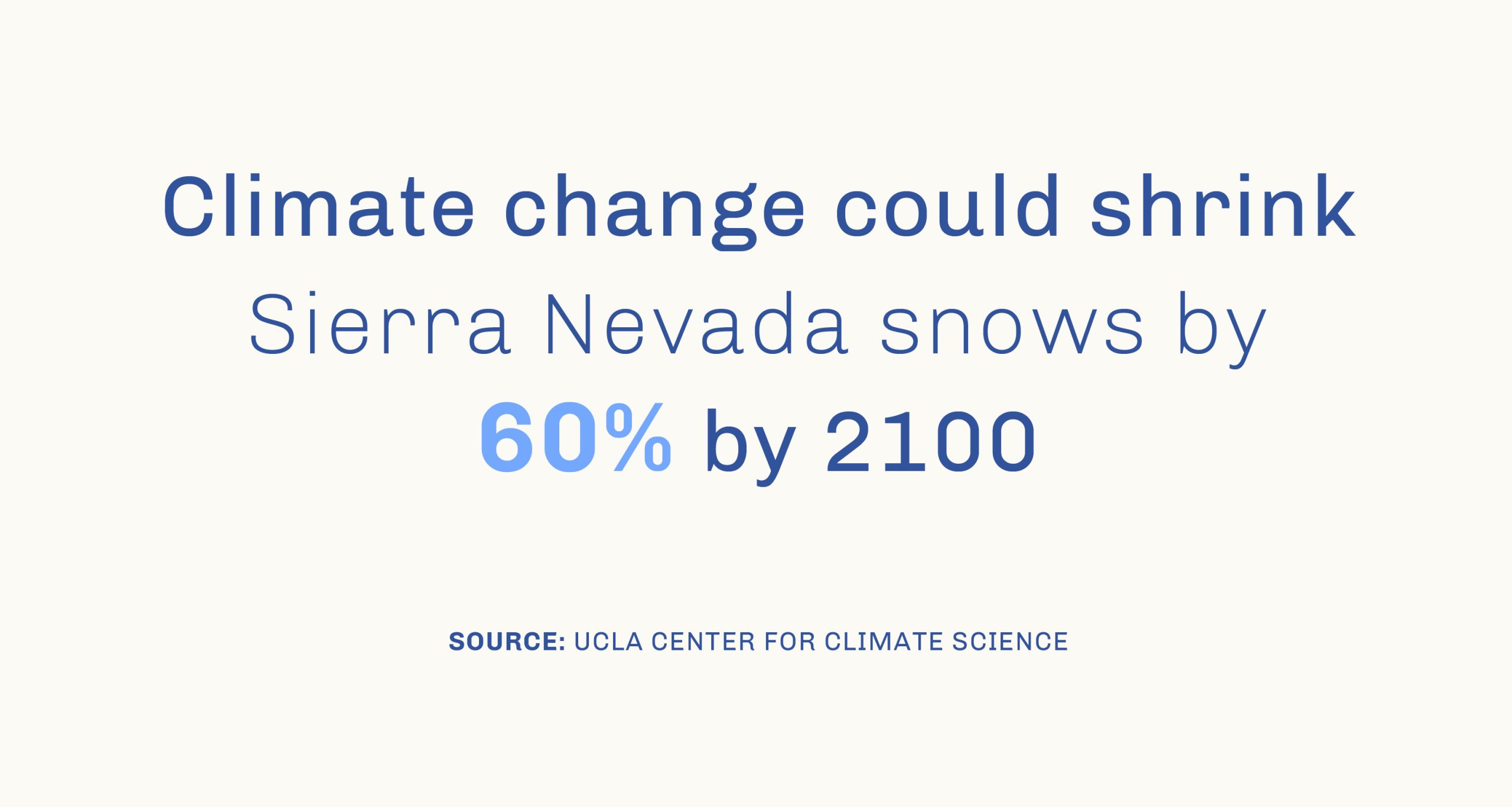
Meanwhile, as climate change brings harsher, more frequent droughts in California, it is bringing new threats to families on both ends of the controversial aqueduct.
The Sierra Nevada snowpack today provides 60% of California's fresh water, serving 23 million people, according to researchers at the University of California at Los Angeles.
But the snowpack is expected to shrink more than 60% by the turn of the century if global warming continues at its current pace, they said in a 2018 report.

Half Dome in Yosemite National Park, in California's Sierra Nevada mountains. Thomson Reuters Foundation/Claudio Accheri
Half Dome in Yosemite National Park, in California's Sierra Nevada mountains. Thomson Reuters Foundation/Claudio Accheri
Already California has seen less snowmelt than average for six of the past 10 years - with unusually heavy snows in the other years, said Rich Harasick, the LADWP's senior assistant general manager.
"It's a real phenomenon that's happening here, in the near term," he said.
As the state braces for drier times, that suggests it - like much of the U.S. West - may need a rethink both of how scarce water is managed, and of the historic water rights system that gives those holding "senior" rights as much water as they like.

The American West needs rules "reflective of modern needs and desires, rather than the rules we've had for 150 years and have had to stick by", said Bob Anderson, director of the Native American Law Center at the University of Washington.
"That's the wave of the future," he added.
Water Wealth
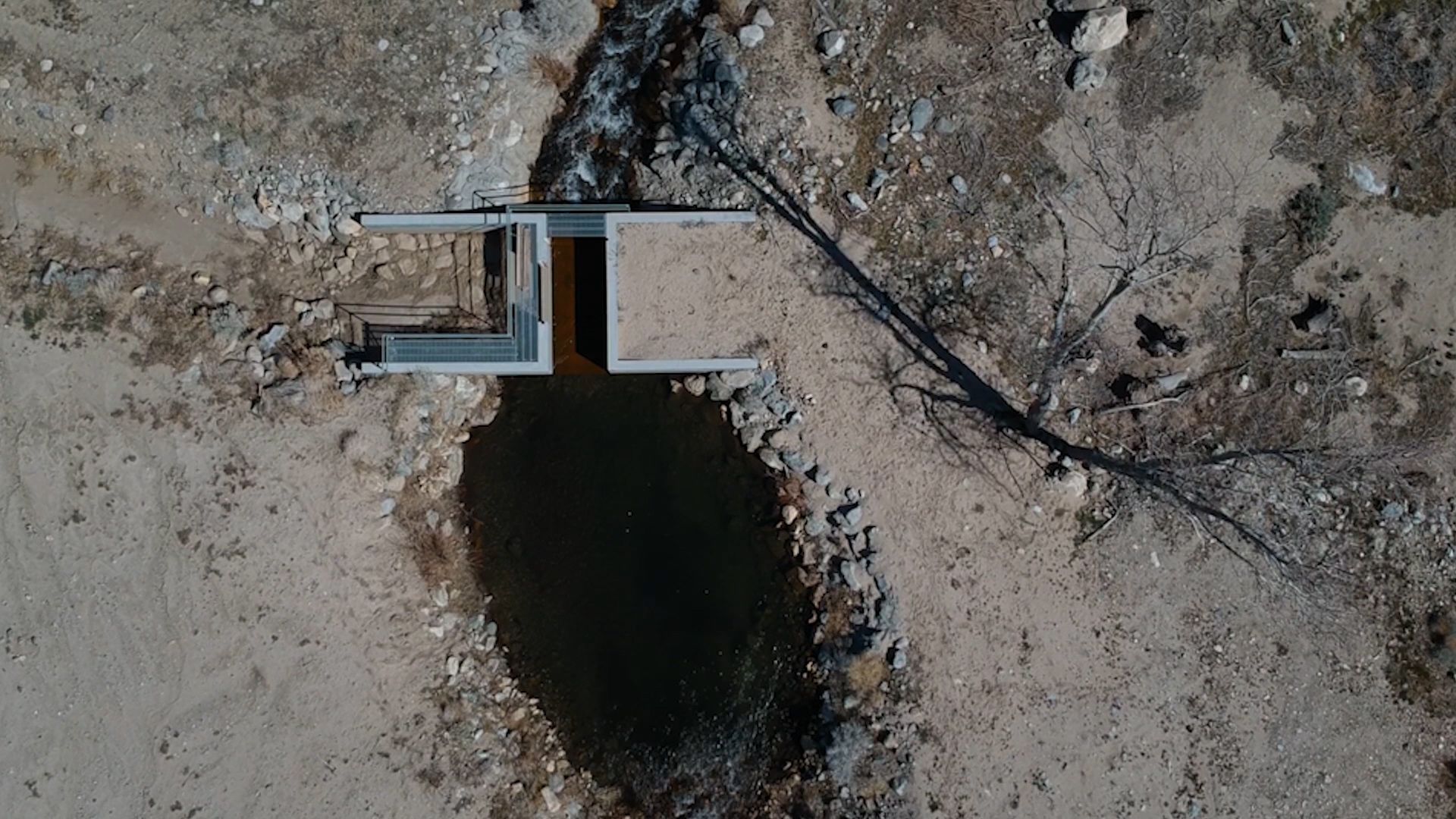
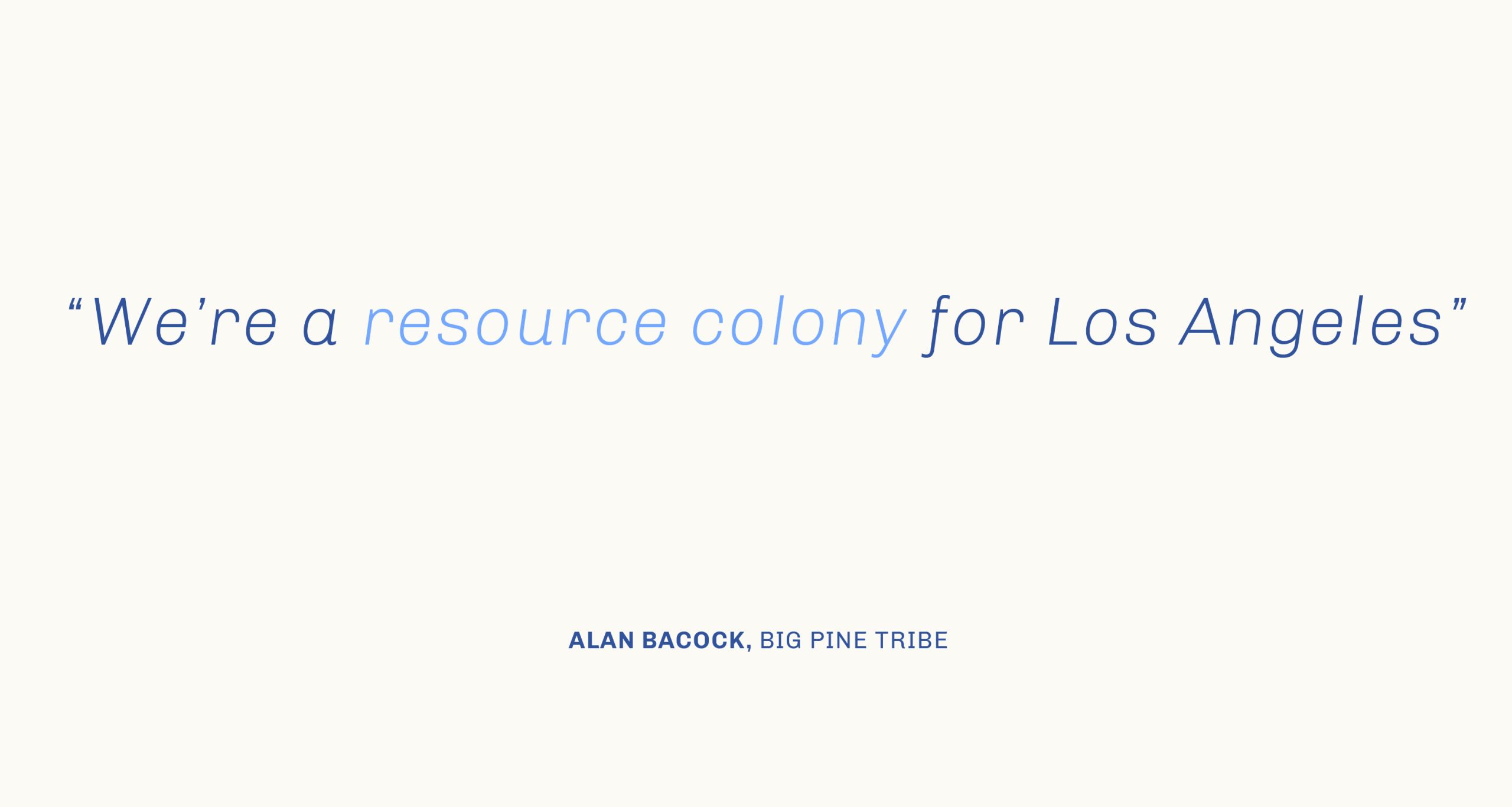

More than 150 years after losing their land to ranchers, who in turn lost it to Los Angeles, several thousand Paiute tribal members still live on a handful of reservations strung along Highway 395, the main artery through Owens Valley.
Most - like the Big Pine tribe - effectively ceded their water rights in a 1930s land swap that gave Los Angeles the access it wanted to upstream creeks and forced the tribes to rely on an annual water allocation from the LADWP.
Just one tribe in Fort Independence refused and retained a clear water right of its own - a 14% share of Oak Creek.
Today that creek water gushes into old irrigation canals that feed the tribe's blooming peach and pomegranate orchard.
But in a parched valley where water is effectively wealth, the flow also has kept economic development efforts afloat.
Near Oak Creek, the tribe operates a roadside travel plaza with gas pumps, a shop, casino and restaurant, and a campground.
Nearby, a small backhoe and white work trucks sit parked near the concrete foundation for a new venture - a planned drive-through cannabis shop, as well as a larger travel plaza.

A travel plaza owned and run by the Fort Independence tribe in the Owens Valley, California. Thomson Reuters Foundation/Claudio Accheri
A travel plaza owned and run by the Fort Independence tribe in the Owens Valley, California. Thomson Reuters Foundation/Claudio Accheri
Just 20 minutes up Highway 395, at the Big Pine reservation, water is much scarcer. There the tribe is getting by, economically, on little more than membership fees from a gym it runs and rent from a few billboards it owns along the highway.

"We don't really have any serious economic development for this tribe right now, and none that would keep us sustainable as a tribe," said Jesse Archer, the Big Pine tribal secretary and former chair of its economic development corporation.

The Big Pine tribal reservation in the Owens Valley, California. Thomson Reuters Foundation/Claudio Accheri
The Big Pine tribal reservation in the Owens Valley, California. Thomson Reuters Foundation/Claudio Accheri
With more water, the tribe would think about opening its own water bottling plant, like the Crystal Geyser factory that sits on private land with water rights near now-dry Owens Lake.
The tribe also has ideas to draw in tourists, from climbers looking to test their skills on California's highest peak Mt. Whitney to movie buffs visiting the Alabama Hills, where films including "Captain Marvel" and "Django Unchained" were made.
But as the tribe's water rights "are not established, we are not able to lean on those water rights as an asset", Archer said.
That means tribal members in Big Pine get checks from tribal business profits only about a fifth the size of those in Ft. Independence, said Cheyenne Stone of Big Pine, who works as environmental director for the Ft. Independence tribe.

Cheyenne Stone, of the Big Pine tribe, worries lack of water means her daughters won't learn tribal traditions such as willow basket making. Thomson Reuters Foundation/Claudio Accheri
Cheyenne Stone, of the Big Pine tribe, worries lack of water means her daughters won't learn tribal traditions such as willow basket making. Thomson Reuters Foundation/Claudio Accheri
Big Pine also struggles to raise matching funds for federal development grants.
While Ft. Independence secured federal backing to build a new water-retention reservoir, using more than $100,000 in matching funds, "our tribe doesn't even have enough money to fix a leaky roof", Stone said.
Legal Battles

Since it began shipping mountain runoff south more than a century ago - and particularly since it began tapping groundwater as well - Los Angeles has faced growing resistance as the Owens Valley and adjoining valleys have dried.
A landmark lawsuit in the 1980s forced the LADWP to restore water flows to fast-disappearing Mono Lake, a major stopover for migrating birds, in the interest of upholding the "public trust" in keeping natural water flowing.

Owens Lake, which once covered more than 100 square miles, is today largely dry. Thomson Reuters Foundation/Claudio Accheri
Owens Lake, which once covered more than 100 square miles, is today largely dry. Thomson Reuters Foundation/Claudio Accheri
Los Angeles also has been forced to sprinkle a share of what once went down its aqueduct on the dry basin of Owens Lake, to cut dust-storms whirling from the lakebed, which was once fed by the Owens River and covered more than 100 square miles.
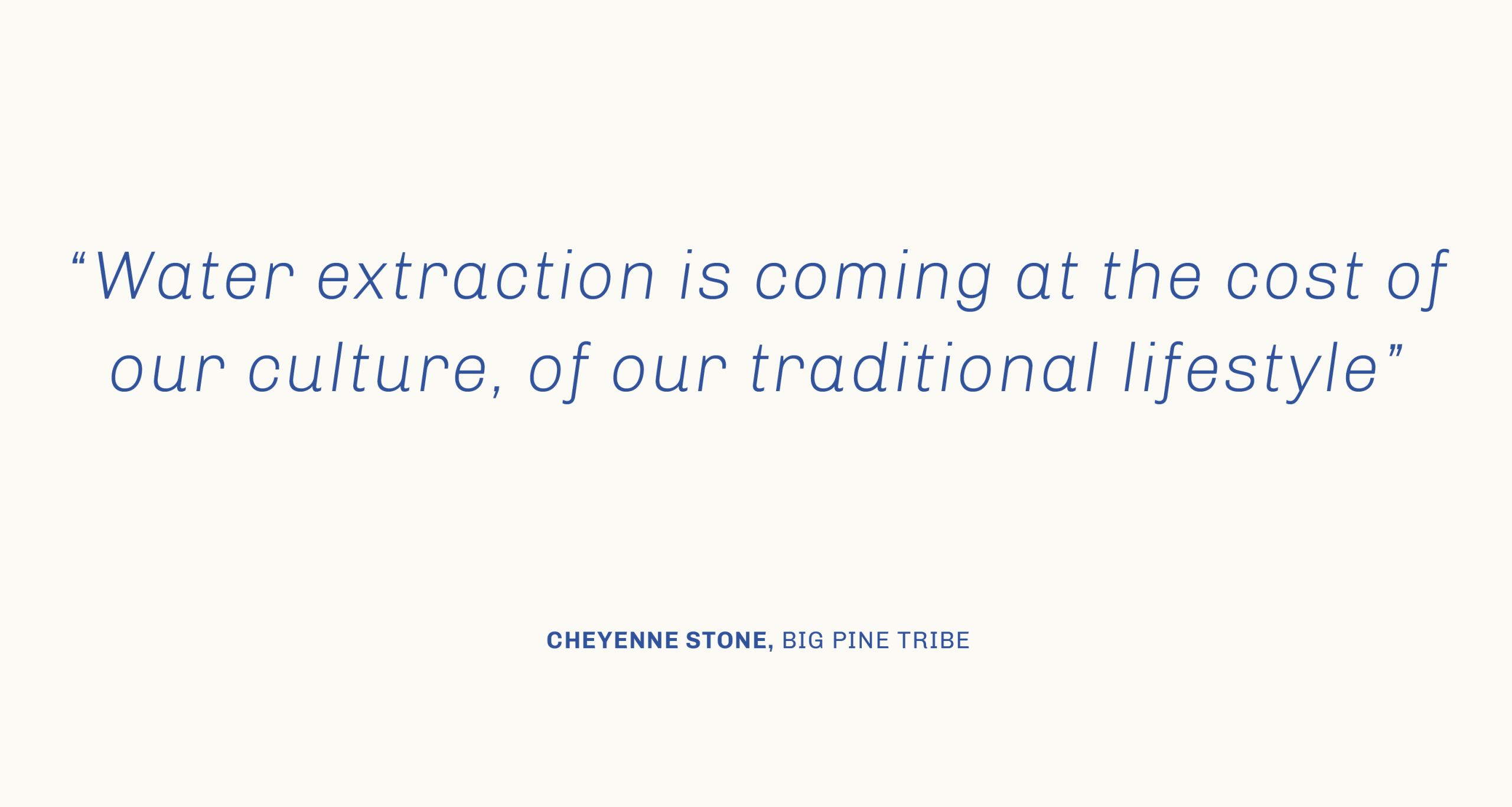
"The right (to water) didn't change, but the ability to actually exercise that has changed," said the LADWP's Harasick.
Other pressures may be coming too.

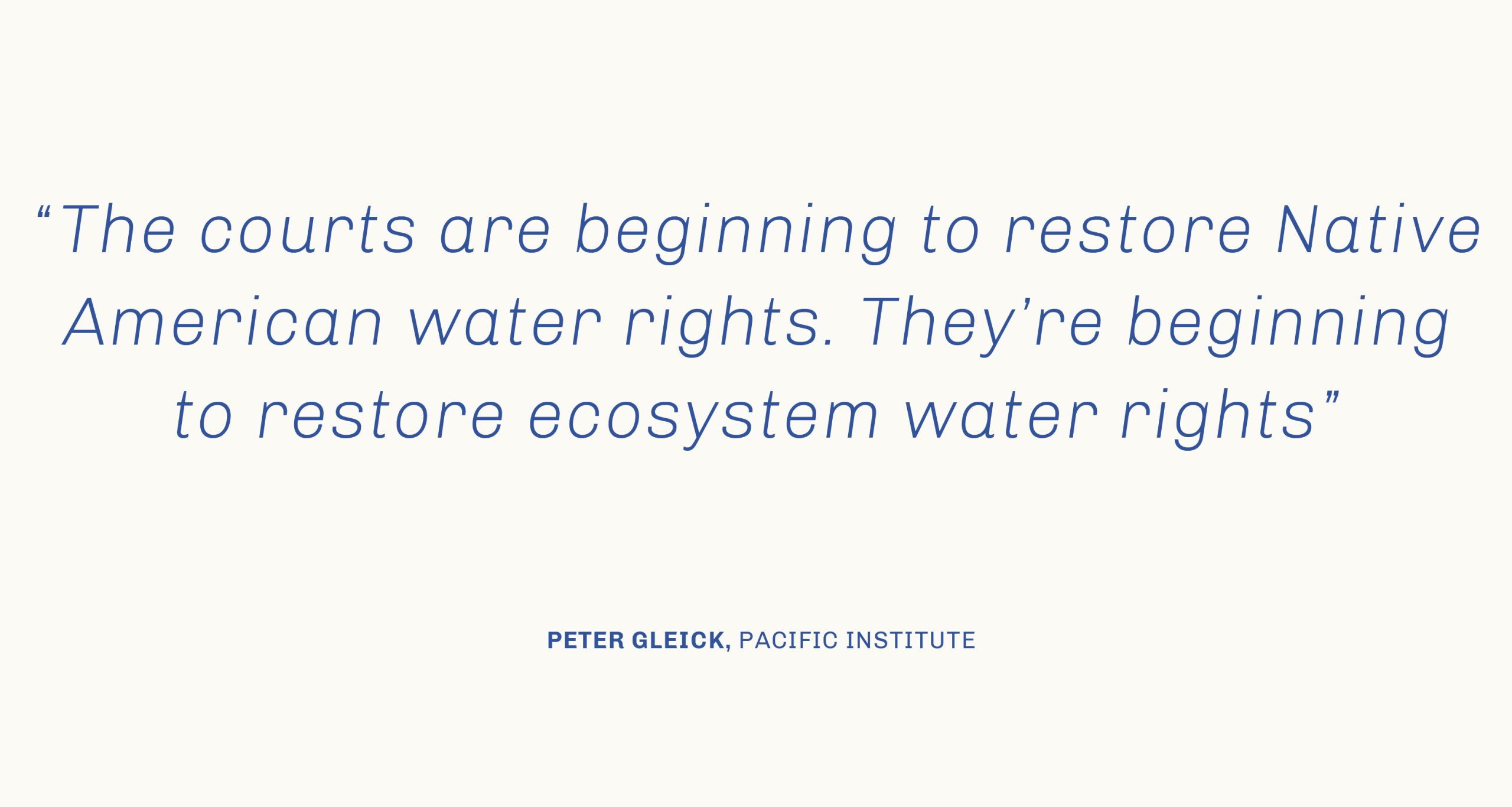

In 2017, the U.S. Supreme Court upheld a decision to grant California's Agua Caliente tribe rights to the groundwater below their reservation - water being heavily pumped by others to supply resorts, farms and homes in nearby Palm Springs.
The ruling, which is likely to spur new court challenges, could set a precedent for tribal groundwater claims across the United States, legal experts say.
It also opens the door for tribes to prosper from their water, including potentially by charging existing users or harnessing it to restore ecosystems - a priority for many tribes who see natural flows as sacred.

Peter Gleick, a water and climate change scientist at the Pacific Institute, says courts are beginning to restore ecosystem water rights. Thomson Reuters Foundation/Claudio Accheri
Peter Gleick, a water and climate change scientist at the Pacific Institute, says courts are beginning to restore ecosystem water rights. Thomson Reuters Foundation/Claudio Accheri
"The courts are beginning to restore Native American water rights. They're beginning to restore ecosystem water rights," said Peter Gleick, a leading water and climate change scientist with the Pacific Institute, based in Oakland.
"That's putting more and more pressure on the water rights held by agriculture or farmers or cities in California and in the West - and it's contributing to the effort to think about how to do things differently," he said.
Saving Water

Los Angeles is already rethinking its water future, in response to pressures ranging from predictions of a declining Sierra Nevada snowpack to growing competition for Colorado River water, another major city source.
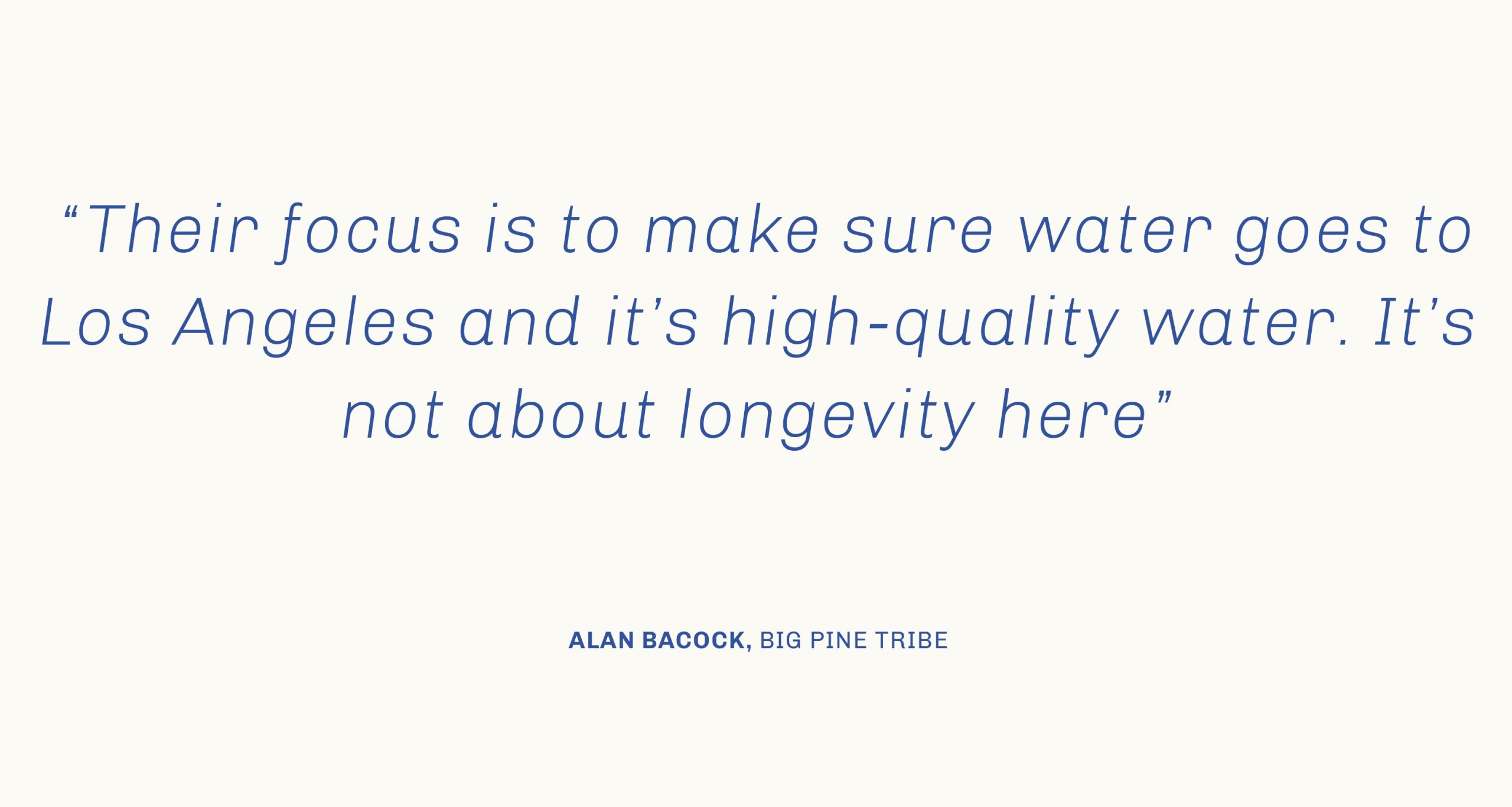
By 2040, the still-growing city aims to get nearly a quarter of the water it needs by channeling stormwater runoff into huge storage basins to recharge its groundwater supplies.

The city of Los Angeles, California is pictured on a hot summer day next to the San Gabriel mountains. REUTERS/Mike Blake
The city of Los Angeles, California is pictured on a hot summer day next to the San Gabriel mountains August 5, 2015. REUTERS/Mike Blake
The basins will also give the city the ability to catch and store more water during heavy rains as rainfall becomes more unpredictable.
The city aims as well to recycle far more wastewater and it is pushing water conservation efforts.
Those started with more efficient appliances and toilets, and now include paying families $3 per square foot to shrink their lawns, said Harasick, of the LADWP.

Rich Harasick, senior assistant general manager at the Los Angeles Department of Water and Power. Thomson Reuters Foundation/Claudio Accheri
Rich Harasick, senior assistant general manager at the Los Angeles Department of Water and Power. Thomson Reuters Foundation/Claudio Accheri
"As we looked at the future and where we were going to get water reliably, sustainably, we were really looking within," said Harasick at LADWP's high-rise headquarters, where pebble gardens filled with succulents border a reflective pool.
Gleick said Los Angeles, like a growing number of water-pressed cities, including Singapore, "is beginning to think they can get closer to (being) independent about water resources".
But by LADWP's estimates, 42 percent of its water in 2040 will still come from the Owens Valley aqueduct.


Cultural Cost
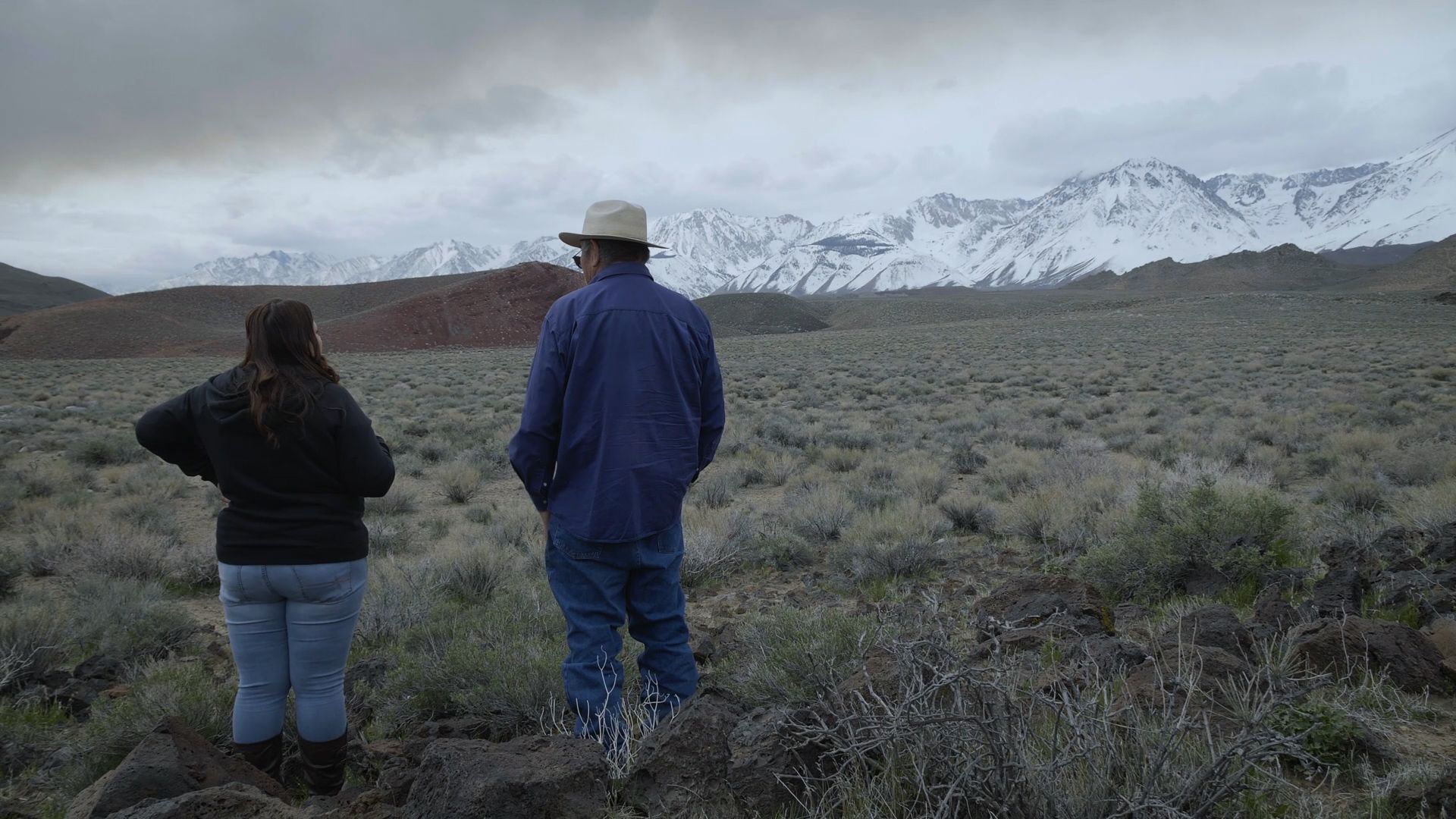
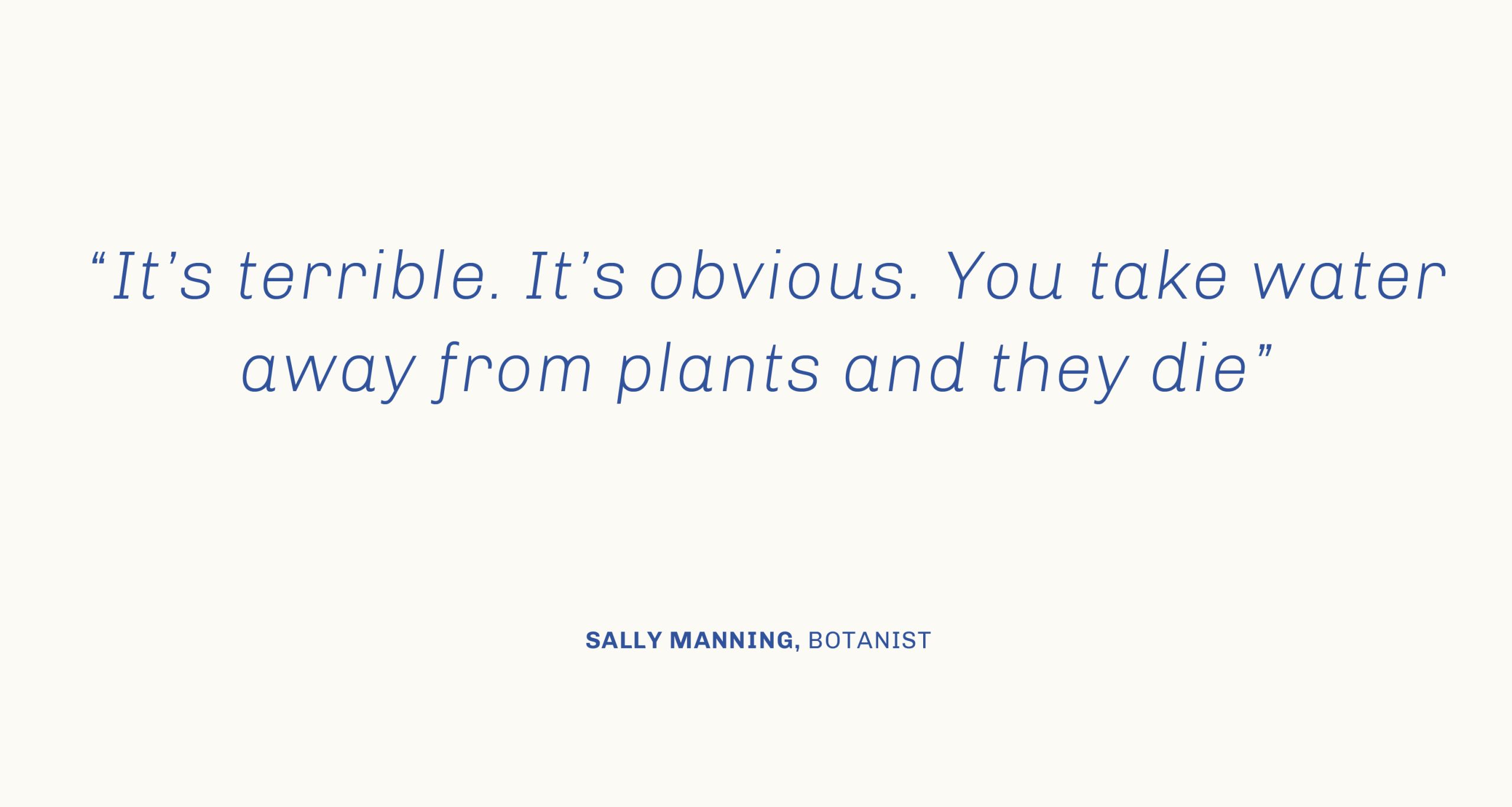
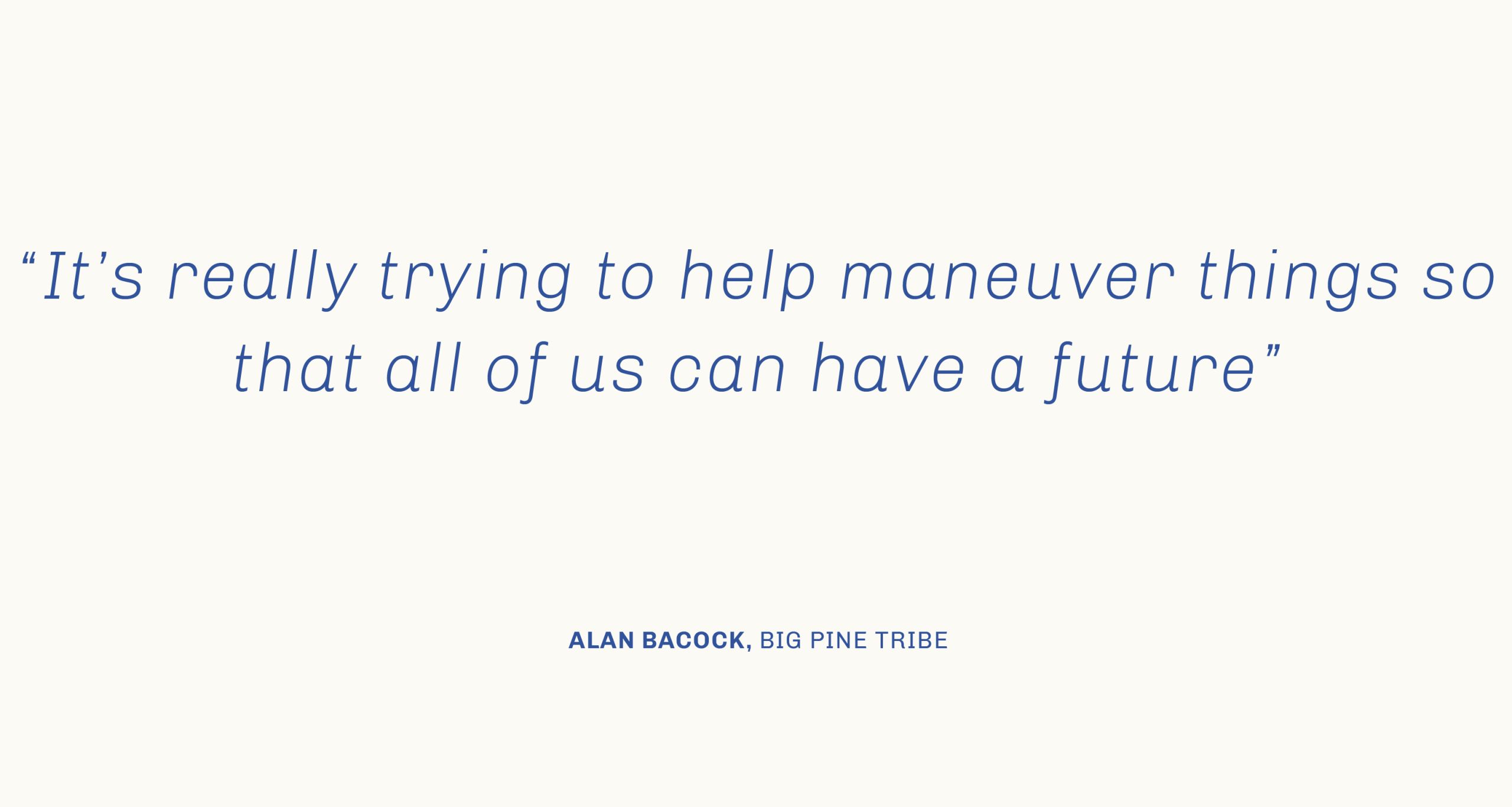
How tightly the valley's water belongs to Los Angeles is evident off Highway 395 where the Owens River takes a hard right from its old riverbed and heads in a concrete culvert towards the city.
Since 1991, the LADWP has been required to allow a share of the Owens River to run in its natural bed, to keep the river ecosystem alive - though the flow was restored only in 2007 and is pumped back into the city's aqueduct further downstream.

Near the sandy soil where the river and aqueduct channels separate, the roiling gray-green water rushing to Los Angeles faces no barrier - but the channel to the Owens River is set with metal gates that can be closed with cog-wheel cranks.
For LADWP, "any (water) mitigation project they do, they want to make sure that it's not going to impact their operations at all," said Bacock, the Big Pine water program coordinator, walking near the diversion.

Alan Bacock, water program coordinator for the Owens Valley's Big Pine tribe, near the start of the Los Angeles aqueduct. Thomson Reuters Foundation/Claudio Accheri
Alan Bacock, water program coordinator for the Owens Valley's Big Pine tribe, near the start of the Los Angeles aqueduct. Thomson Reuters Foundation/Claudio Accheri
"Their focus is to make sure water goes to Los Angeles and it's high-quality water. It's not about longevity here, but about longevity for Los Angeles."
Sally Manning, a botanist and environmental director for the Big Pine tribe, said the impact of water extraction on the valley is painfully clear.
Its endemic star-tulip is now endangered, for instance, and some oak trees and pinion pines the tribes once turned to for food are dead or dying, she said.

"It's terrible. It's obvious. You take water away from plants and they die," she said.
After nearly two decades of legal wrangling, the LADWP and Inyo County in 1991 put in place a long-term water agreement designed to protect the valley's natural environment and set limits on groundwater pumping.
Since then, the habitat "really has remained the same", said Harasick of the LADWP. But residents believe that after 20 years of pumping, the damage had already been done by the time that deal was signed.

Gerald Lewis, a Paiute elder, talks about the spiritual role of water for tribal members in California's Owens Valley. Thomson Reuters Foundation/Claudio Accheri
Gerald Lewis, a Paiute elder, talks about the spiritual role of water for tribal members in California's Owens Valley. Thomson Reuters Foundation/Claudio Accheri
Stone, of the Big Pine tribe, said many of the areas where she gathered willow shoots with her mother to make baskets are now gone, making it harder to pass the skill to her daughters.
Water extraction "is coming at the cost of our culture, of our traditional lifestyle", she said.
Gerald Lewis, a Paiute tribal elder, worries that as the valley threatens to dry further, with climate change bringing harsher weather, his community - living on a reserve owned by the federal government - has nowhere else to go.
"Whenever it dries up here, I imagine white people will move away at one point. But you know, us guys, we don't have anywhere else to go," he said, perched on a chunk of volcanic rock near now-dry Fish Springs, his face shaded by a cowboy hat.
A Broken System
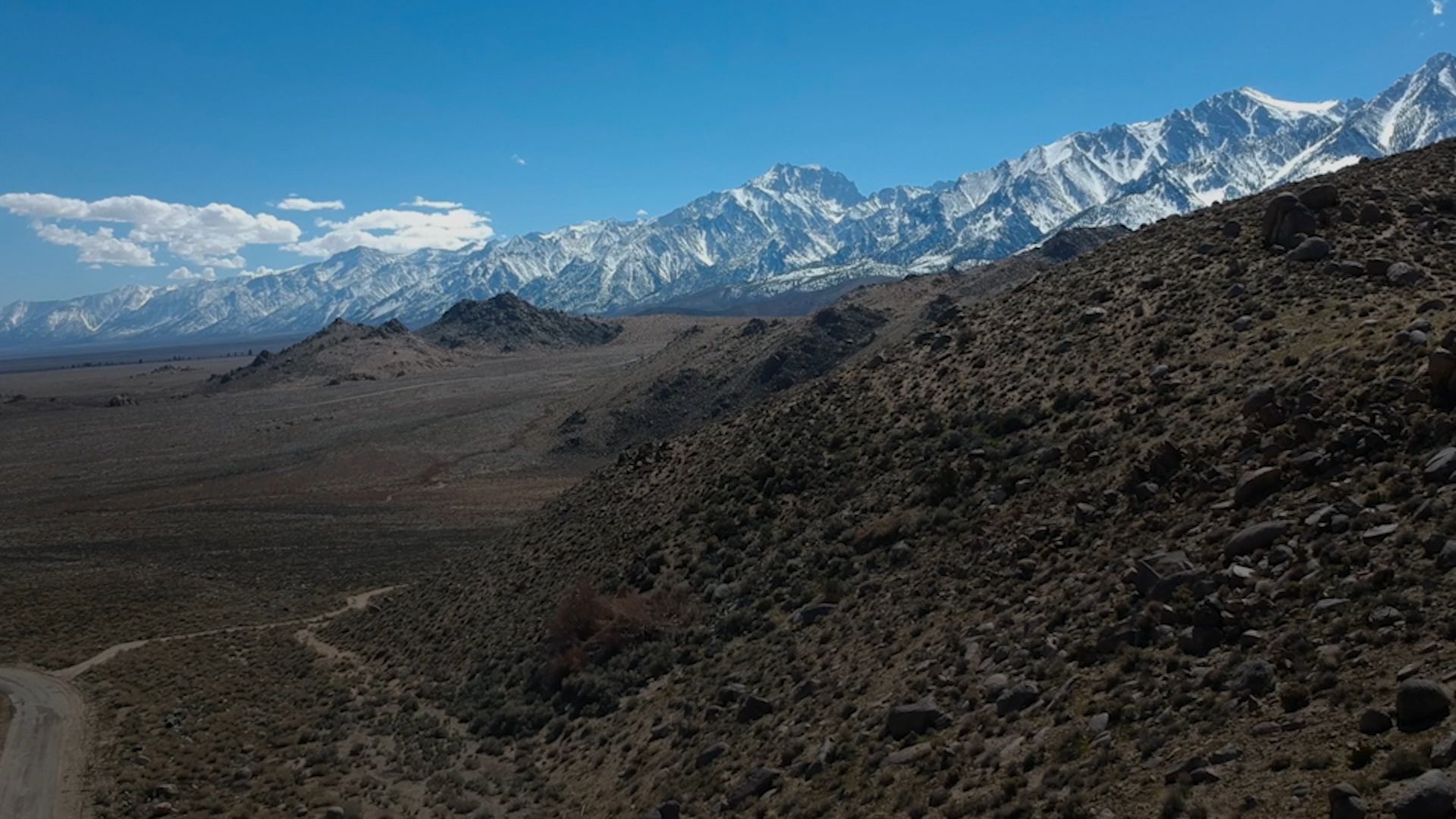
Bacock said efforts to restore tribal water rights are encouraging, but ignore the bigger problem: that the West's first-takes-all water rights system makes no sense in an era of ever-greater shortages and fiercer competition for water.
"(Winning more) water rights is not a concept that actually helps us to be able to move forward in a positive manner," he said. "In the long run, it's still based off a broken system and so I think we need to fix the system."
That probably involves preserving a share of water to support nature, figuring out smarter ways to use the limited water available, and trying to ensure residents of both Los Angeles and the Owens Valley have what they need to thrive.
"I love the people of L.A. just as I love the people that I am part of here in my own community," said Bacock, who grew up in Los Angeles.
"It's really trying to help maneuver things so that all of us can have a future."
Credits
Reporting:
Laurie Goering
Multimedia Producer:
Claudio Accheri
'Land of Little Rain' by:
Claudio Accheri
Graphic Designer:
Teia Kay
Text Editing:
Megan Rowling and Claire Cozens
Additional pictures courtesy of:
County of Inyo, Eastern California Museum

